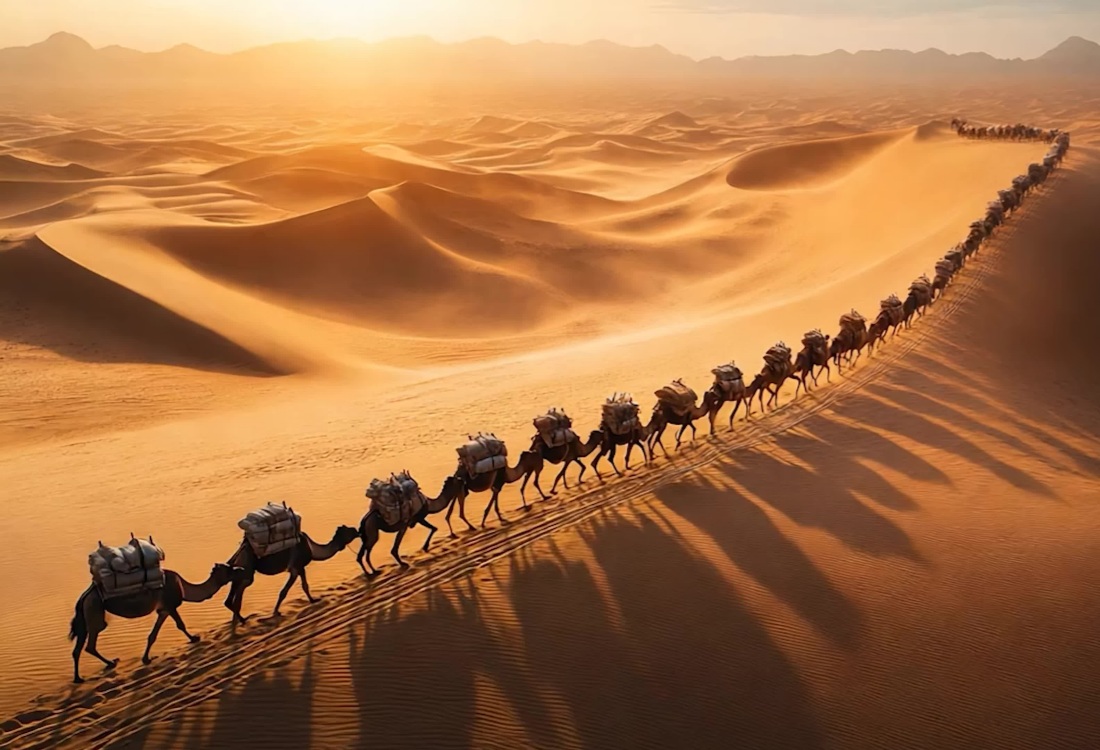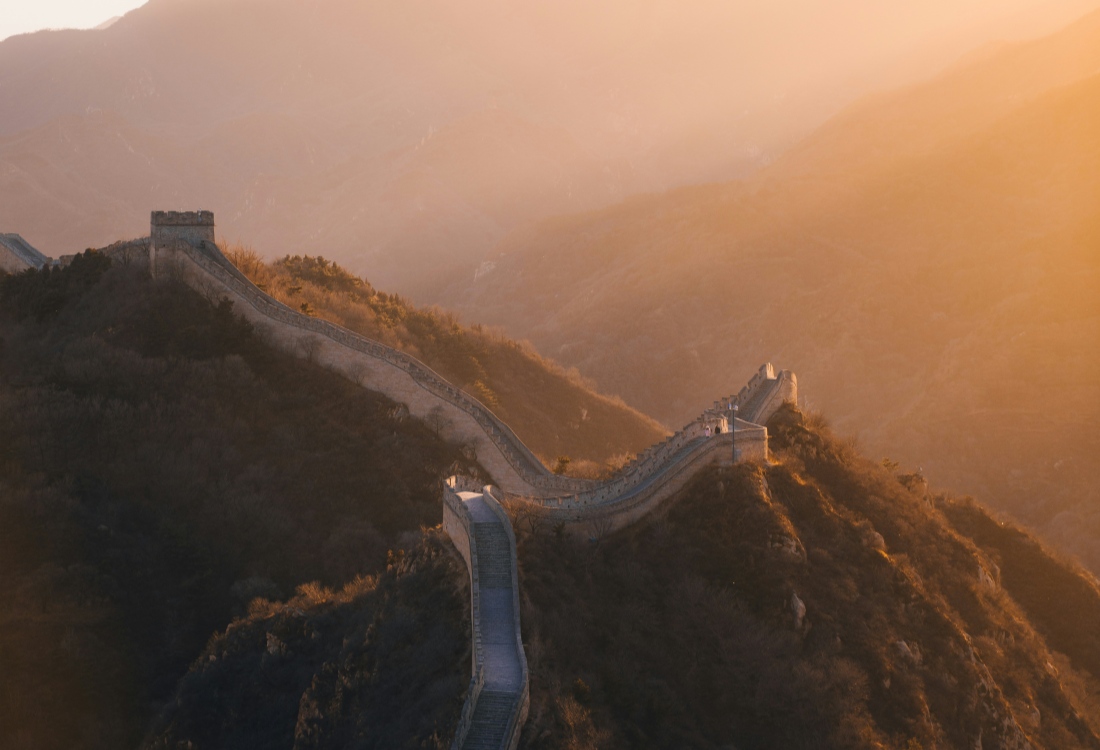Table of Contents
ToggleThe Silk Road wasn’t just a single road. It was a huge network of trade routes. These routes connected China to Europe, Africa, and the Middle East. For over 1,500 years, goods, ideas, and cultures travelled along these paths. And guess what? China was at the heart of it all.
Why Was It Called the Silk Road?
Silk was China’s most famous export. The Romans loved it. So did the Persians and the Indians. But China kept silk-making a secret for centuries. Only the Chinese knew how to make this luxurious fabric. That’s why the trade routes became known as the Silk Road.
China’s Role in the Silk Road
China didn’t just sell silk. It traded porcelain, tea, spices, and paper. These goods were highly valuable. Merchants travelled thousands of miles to get them.
The Han Dynasty (206 BC–220 AD) officially opened the Silk Road. Emperor Wu sent a diplomat, Zhang Qian, to explore the West. His journeys helped establish trade links. Later, the Tang Dynasty (618–907 AD) made the routes even busier.
Key Routes Starting in China
Most Silk Road journeys began in Chang’an (modern Xi’an), China’s ancient capital. This was the eastern gateway to the Silk Road. From there, traders moved west through Lanzhou, a key stop in the Gansu Corridor. Next came Dunhuang, the last major Chinese city before the dangerous Taklamakan Desert.
At Dunhuang, the route split into two main paths to avoid the deadly desert:
- The Northern Route passed through Turpan and Kucha, famous for their grapes and jade.
- The Southern Route went via Khotan and Yarkand, known for their fine carpets and precious stones.
After surviving the desert, traders regrouped at Kashgar, a bustling hub where goods and cultures mixed. From Kashgar, some caravans headed north to Samarkand, while others went south to India.
But the Silk Road wasn’t just one path—it had many branches. Other important Chinese cities included:
- Luoyang(another starting point in the east)
- Xining(a key stop on the Tibetan trade route)
- Yumenand Jiayuguan (fortress towns guarding the western frontier)
From these cities, goods like silk, tea, and porcelain travelled all the way to Persia, Rome, and beyond.
More Than Just Trade
The Silk Road wasn’t just about goods. It spread religions, technology, and art. Buddhism came to China from India. Paper-making moved from China to Europe. Even food travelled—noodles went west, while grapes entered China.
The Silk Road’s Legacy
The Silk Road shaped the world. It made China rich and powerful. Cities like Xi’an and Dunhuang grew because of it. Today, China’s Belt and Road Initiative is inspired by the old Silk Road.
Want to see the Silk Road’s history? Visit Xi’an, Dunhuang, or Kashgar. You’ll still feel its magic.
So, next time you see silk or drink tea, remember—it all started with the Silk Road!









